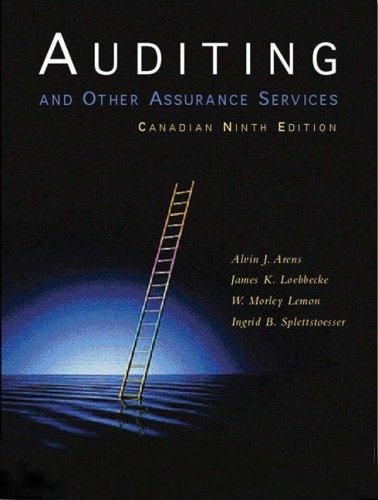
3 (30 points) Long Question 2 Suppose that stock XYZ, whose current price is So = $100, can either increase by u = 1.1 or decrease by d=1/1.1 per year in the next 2 years. The annual interest rate is zero. (i) (5 points) Use the risk-neutral pricing methodology to compute the price of a European at-the-money 2-year call option based on a 2-step binomial tree. (ii) (10 points) Suppose you sold this option to a client. Devise a dynamic trading strategy to hedge your position. Describe the strategy in detail, including the changes in stock and bond position over time. (iii) (8 points) A client would like to enter into an option, which gives the client the right (but not the obligation) to buy the option described in question (i) at time T = 1 for a strike price K = 5. What is the price of this option? (This type of options is called compound options. It is an option on options.) (iv) (7 points) You sold the compound option in question (iii) to the client. You decide to hedge against this short position by going long the underlying, that is, the option in question (i). What is your hedging position at time 0? Make sure to describe both the position in the underlying and in bonds. 3 (30 points) Long Question 2 Suppose that stock XYZ, whose current price is So = $100, can either increase by u = 1.1 or decrease by d=1/1.1 per year in the next 2 years. The annual interest rate is zero. (i) (5 points) Use the risk-neutral pricing methodology to compute the price of a European at-the-money 2-year call option based on a 2-step binomial tree. (ii) (10 points) Suppose you sold this option to a client. Devise a dynamic trading strategy to hedge your position. Describe the strategy in detail, including the changes in stock and bond position over time. (iii) (8 points) A client would like to enter into an option, which gives the client the right (but not the obligation) to buy the option described in question (i) at time T = 1 for a strike price K = 5. What is the price of this option? (This type of options is called compound options. It is an option on options.) (iv) (7 points) You sold the compound option in question (iii) to the client. You decide to hedge against this short position by going long the underlying, that is, the option in question (i). What is your hedging position at time 0? Make sure to describe both the position in the underlying and in bonds







